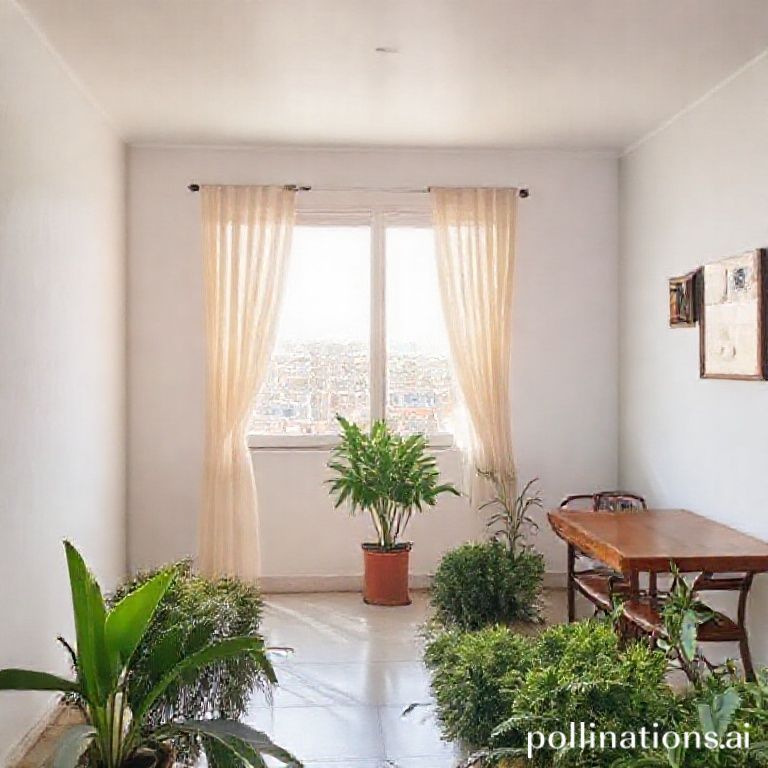Mexico, with its vibrant culture, delicious cuisine, and stunning landscapes, is an increasingly popular destination for expats, retirees, and digital nomads alike. One of the first hurdles for newcomers is finding suitable accommodation. Renting an apartment in Mexico can be an exciting adventure, but it also requires careful planning and understanding of local customs. This guide will provide you with a step-by-step approach to navigating the Mexican rental market, ensuring a smoother and more successful experience.
From bustling city centers to tranquil beach towns, the options are diverse. However, the rental process can differ significantly from what you’re accustomed to. Understanding the nuances of Mexican rental practices, from finding listings to signing a lease, is crucial for a stress-free transition. Let’s dive into the essentials of renting an apartment in Mexico.
Finding Your Ideal Apartment
The search for your perfect Mexican apartment starts with understanding your needs and exploring the available resources. Consider factors like location, budget, size, and desired amenities. Once you have a clear picture of what you’re looking for, you can begin your search using various online and offline methods.
Online Resources
- Online Real Estate Portals: Websites like Inmuebles24, Vivanuncios, and Mercado Libre are popular platforms for finding apartments in Mexico. They offer a wide range of listings with photos, descriptions, and contact information.
- Facebook Groups: Expat and local community groups on Facebook can be valuable resources. Members often share apartment listings, recommendations, and advice.
- Airbnb (for Long-Term Stays): While primarily known for short-term rentals, Airbnb can sometimes offer options for longer stays, especially if you negotiate directly with the host.
Offline Resources
- Local Real Estate Agents: Working with a local real estate agent can save you time and effort. They have in-depth knowledge of the market and can help you find apartments that meet your criteria.
- Walking Around: In smaller towns and neighborhoods, you might find “Se Renta” (For Rent) signs posted on buildings. This can be a great way to discover hidden gems that aren’t listed online.
- Word of Mouth: Ask friends, acquaintances, or colleagues if they know of any available apartments. Personal recommendations can be particularly helpful.
Understanding Rental Requirements
Before you start viewing apartments, it’s important to understand the common requirements for renting in Mexico. These can vary depending on the landlord and the location, but generally include:
Required Documents
- Identification: A valid passport or Mexican residency card (if applicable).
- Proof of Income: Bank statements, pay stubs, or a letter from your employer. Self-employed individuals may need to provide tax returns.
- Rental Application: A standard application form provided by the landlord or real estate agent.
- Guarantor (Aval): In some cases, landlords may require a guarantor, someone who is a Mexican citizen and owns property in Mexico, to co-sign the lease. This can be a significant hurdle for foreigners, so be prepared to negotiate or offer alternative solutions.
Alternative Solutions if You Don’t Have an Aval
- Higher Deposit: Offering a larger security deposit can sometimes compensate for the lack of a guarantor.
- Prepaid Rent: Paying several months of rent in advance can also reassure the landlord.
- Rental Insurance: Some companies offer rental insurance that acts as a guarantee for the landlord.
Negotiating the Lease Agreement
Once you’ve found an apartment you like and have met the requirements, it’s time to negotiate the lease agreement. Mexican lease agreements (contratos de arrendamiento) typically cover the following:
Key Components of the Lease
- Rent Amount: The monthly rent and the payment schedule.
- Lease Term: The duration of the lease, usually 6 months or 1 year.
- Security Deposit: The amount of the security deposit and the conditions for its return.
- Utilities: Who is responsible for paying utilities such as electricity, water, and gas.
- Maintenance: Who is responsible for repairs and maintenance.
- House Rules: Any specific rules or restrictions set by the landlord.
- Renewal Options: The process for renewing the lease at the end of the term.
Important Considerations
- Read Carefully: Take the time to read the entire lease agreement carefully before signing. If you don’t understand something, ask for clarification.
- Get it in Writing: Ensure that all agreements and promises are documented in writing in the lease.
- Legal Review: Consider having a lawyer review the lease, especially if it’s in Spanish and you’re not fluent.
Finalizing the Rental and Moving In
After you’ve signed the lease agreement, there are a few final steps to complete before moving into your new apartment.
Final Steps
- Pay the Security Deposit and First Month’s Rent: Make sure to obtain a receipt for all payments.
- Set Up Utilities: Contact the utility companies to transfer the services into your name.
- Inspect the Apartment: Before moving in, thoroughly inspect the apartment and document any existing damage with photos or videos. This will help protect you from being held responsible for pre-existing issues when you move out.
Conclusion
Renting an apartment in Mexico can be a rewarding experience, offering you the chance to immerse yourself in the local culture and enjoy all that this beautiful country has to offer. By understanding the rental process, preparing the necessary documents, and being diligent in your search, you can find the perfect place to call home. Remember to be patient, flexible, and open to new experiences, and you’ll be well on your way to a successful and enjoyable rental experience in Mexico.
If you enjoyed this article, don’t forget to explore more inspiring stories on Life in Mexico!
IMAGE: A brightly lit, inviting apartment interior in Mexico. The style is modern Mexican, with colorful textiles, talavera pottery, and rustic wooden furniture. Sunlight streams through a large window, showcasing a view of a vibrant, green courtyard filled with bougainvillea. The overall mood is warm, welcoming, and evokes a sense of home.


